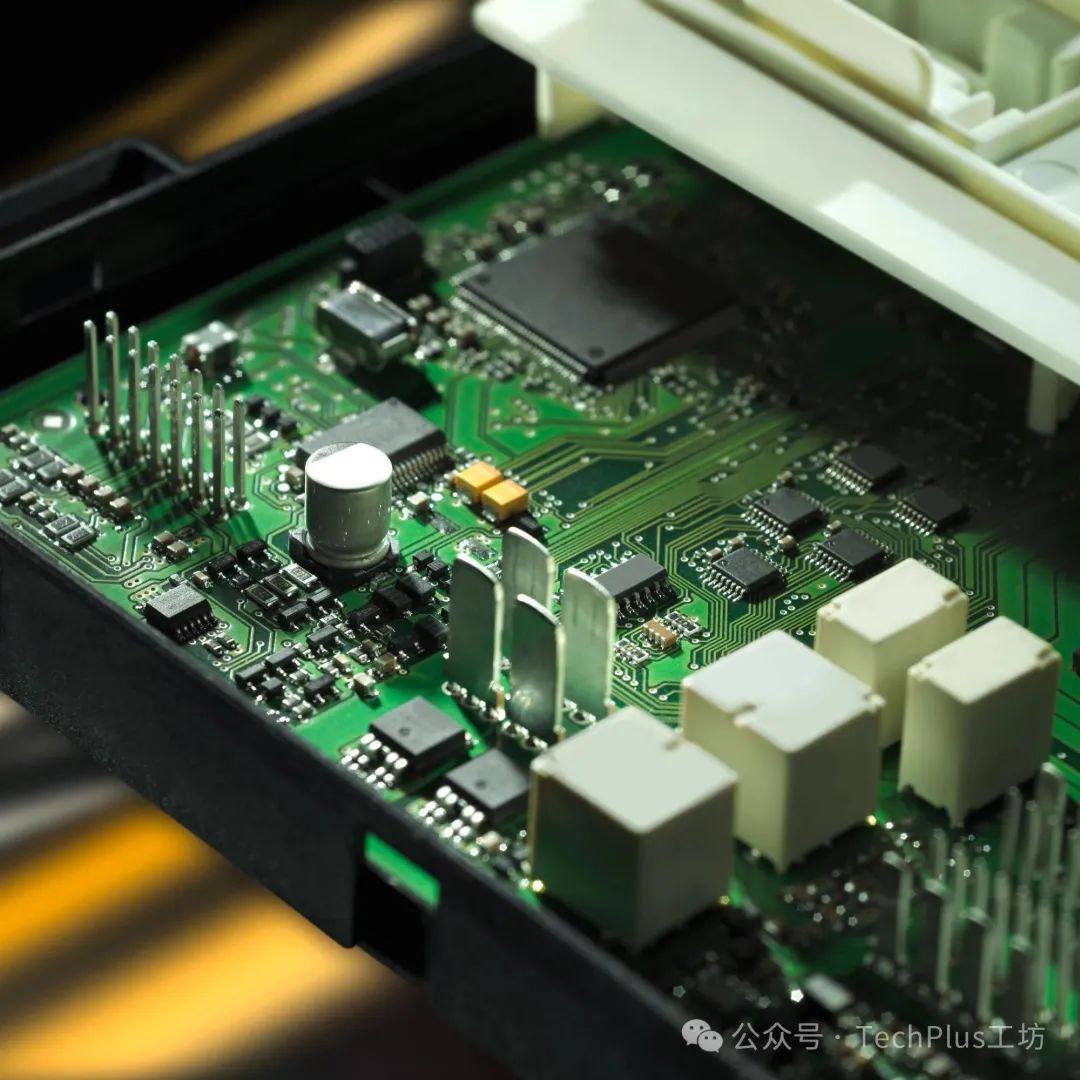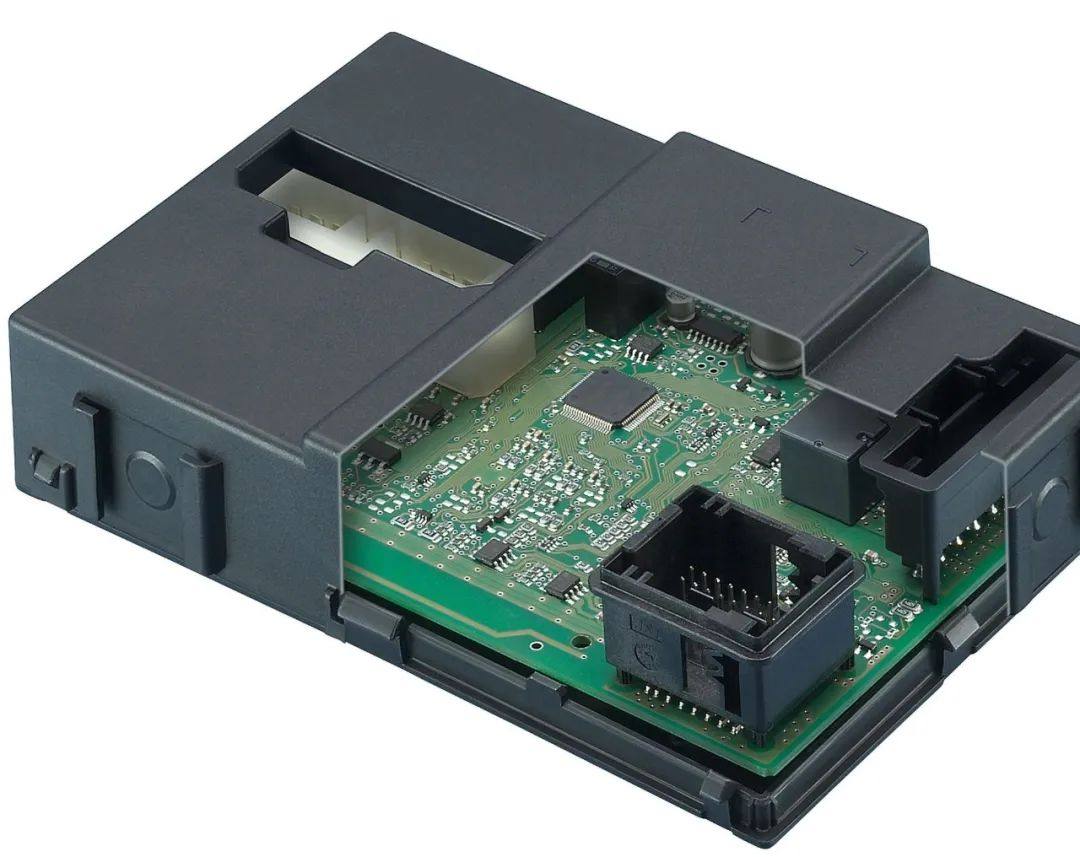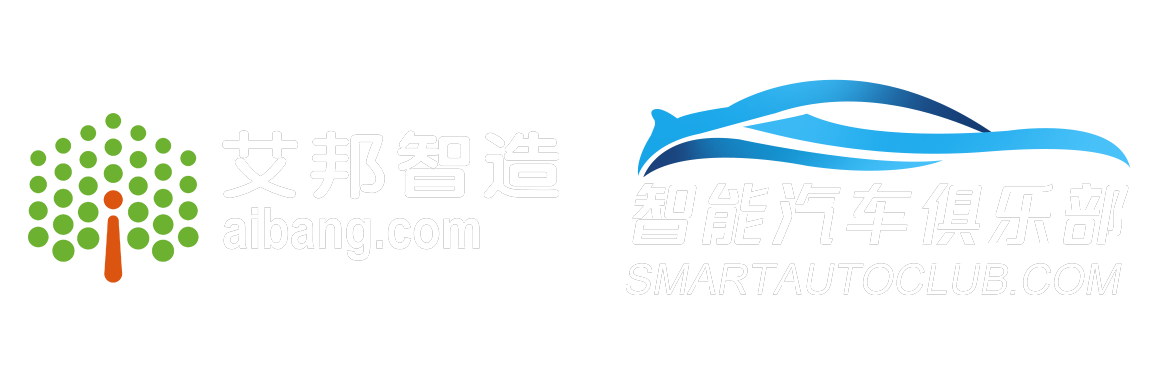Table of contents:
-
What is a body controller (BCM)?
-
What functions does BCM have?
-
BCM hardware architecture
-
The future development trend of BCM
-
Challenges facing BCM
what isBody Controller (BCM)?
body control module (Body Control Module,BCM) is an electronic control unit (ECU). The BCM is usually located inside the vehicle, behind the dashboard or under the seats.The BCM is responsible for driving, monitoring and controlling the electronic control unit (ECU) related to the vehicle's body functions. The BCM acts as the brain of the vehicle body, managing car functions such as lighting, windows, door locks, and seat controls.The BCM communicates with other ECUs in the vehicle using various protocols (CAN/LIN /FlexRay, etc.).
Body control modules play a vital role in modern cars.Without a BCM, many of the electrical systems in a vehicle would not function properly or efficiently.
What are the functions of the body control module?
The BCM in a car can perform a variety of functions. Communicate with other modules and systems through CAN, LIN or Ethernet, and control the following electrical equipment according to input signals to achieve corresponding functions:
-
window control. BCM can control power window lift.
-
lighting control. BCM manages exterior and interior lighting systems, including features such as automatic headlights, taillights, turn signals and light dimming.
-
Electric door lock controlThe BCM receives the signal requested by the door lock switch and controls the locking or unlocking of all doors.
-
Air Conditioning System. The BCM coordinates the heating, ventilation and air conditioning systems, allowing the driver to adjust the temperature, HVAC mode and fan speed.
-
security function. Many BCMs now support keyless entry systems, anti-theft and alarm functions to prevent theft.
-
Wiper control. The BCM also controls wiper functions, including intermittent wiper control.
-
comfort function. Depending on the vehicle's design, the BCM can control actuators related to the car's comfort functions, such as seats, rearview mirrors and electric adjustments.
-
Diagnostics and fault reporting. BCM stores diagnostic data and helps customers identify and troubleshoot problems in electrical systems.
-
Integrated network关,Communication between the integrated control units is maintained via the vehicle bus system (CAN, LIN or Ethernet)。
-
Energy consumption control. BCM optimizes the operating mode of electrical components, reducing power consumption when the components are not in use. This improves the fuel efficiency of conventional vehicles and extends the range of electric vehicles.

BCM hardware architecture
The BCM architecture consists of various components that work together to enable the integration and control of the vehicle's electrical system. At the heart of the BCM is a microcontroller unit (MCU) that processes and executes commands based on input from various sensors and switches. The MCU interfaces with multiple input/output (I/O) modules that interface with different electrical components and systems.
BCM integrates many load drivers such as high side/low side switches, relay drivers, motor drivers to control different loads such as front/rear lighting, power window/seat motors, wiper motors, door lock systems, horns drives etc.
To communicate with other electronic control units in the vehicle, the BCM uses various communication protocols such as CAN, LIN and FlexRay. Through these protocols, BCM ECUs can exchange data and commands with other ECUs to achieve coordinated control and operation of different systems.
The typical hardware architecture of BCM is as follows:

The future development trend of BCM
There are currently two main types of BCM architectures:Centralized BCMand distributed BCM。
Since there are many loads in the body system and they are distributed in different locations, such as at the front, side, rear and inside the car, as the number of loads increases, if each load uses线束Direct wiring harness control will result in a complex wiring harness system, which increases the cost and weight of the vehicle body. In order to improve the wiring structure and reduce the weight of the wiring harness, a large number of distributed ECUs are used in the body system, that is, a large number of bus controls are used, and the terminal loads are mounted on the bus in the form of nodes. In the body system, the LIN Slave structure is especially used, such as lighting systems, Seat system and air conditioning system, etc.
The current centralized BCM design is characterized by platformization and high integration. Platformization is mainly reflected in the compatibility of general-purpose devices. The degree of integration is not only reflected in the integration of BCM electronic devices, for example, the SBC chip is used to integrate the power supply, CAN transceiver, and LIN transceiver into one chip. At the same time, it is also reflected in the integration of more and more functions into the BCM. For example, Tesla has integrated many thermal management domains and many motor controls into the body controller.
The advantages of centralized BCM are also obvious:

Centralized BCM is an obvious trend in future BCM development.
As the automotive body control module (BCM) continues to evolve, new technologies will be further integrated into the BCM. One such trend is the integration of advanced driver assistance systems (ADAS) into BCM. By combining ADAS features such as adaptive cruise control, lane keeping assist and collision avoidance with BCM’s existing capabilities, cars can achieve higher levels of automation and safety.
Another trend is integrating network connectivity capabilities into BCM. This enables seamless communication between the vehicle and external devices or services such as smartphones, home automation systems and cloud services. With a connected BCM, drivers can remotely control various vehicle functions, receive real-time updates, and access a variety of personalized services.
Challenges facing BCM
BCM is essential for managing various functions of the vehicle. Their development is changing rapidly, but they also face some challenges:
As vehicle technology becomes more advanced, the body control module needs to manage more and more functions and features.Increased demand for MCU performance,input/outputprocessor andThe number of channels increases,More complex functionality and diagnostic logic need to be developed.
Integrate multiple functions into a single module without affecting overall system performance. This requires careful design and optimization of hardware and software components and efficient allocation of resources within the BCM.
Since the BCM controls an increasing number of various electrical systems, power consumption needs to be minimized to prevent vehicle battery drain. Therefore, power management strategies (such as sleep mode and power gating) need to be optimized to ensure efficient operation of BCM.
BCM must be compatible with various vehicle models. In the rapidly changing automotive market, ensuring seamless integration with different components and systems is a challenge.
As new cybersecurity threats increase,Ensure the robustness and security of BCMAlso crucial.As vehicles become more reliant on electronic systems, the BCM must be protected from potential cyber threats and the integrity of control instructions must be ensured.Implementing secure communication protocols and encryption technology can help reduce these risks and protect the vehicle’s electrical system.

In short, with the development of technology and the integration of new functions, the role of BCM will continue to expand, providing more advanced control and convenient functions for vehicles, and further promoting the development of automobiles in the direction of intelligence and electrification!
The original text was originally published on WeChat public account (Automotive Electronics and Software):A brief discussion on automobile body controller (BCM)





